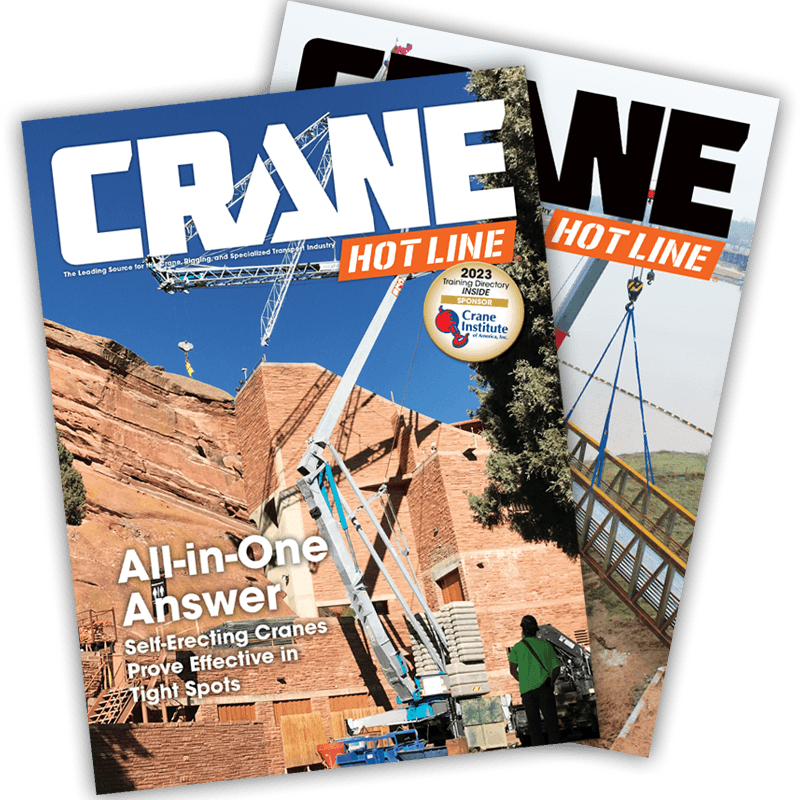Washington State Takes Control of Crane Certification
 |
|
|
February 20, 2008 • When a tower crane collapsed in downtown
Using federal Occupational Safety and Health Administration's (OSHA's) new Crane and Derricks Advisory Committee (C-DAC) consensus document as a guide, Washington's crane industry came together to draft what may be the nation's most extensive crane regulation.
The bill reached the House Commerce Committee with unprecedented momentum, led by 62 co-sponsors, on Feb. 12, 2007. Soon after, the bill passed with 97 yeas and no negative votes. The Senate received the proposal and passed the bill with 39 yeas and only 8 nays. On April 10, not quite two months after the House first considered the bill, and not five months since the accident that prompted it, Governor Christine Gregoire officially signed
The Washington Crane Safety Association (WCSA) followed up this achievement by formulating a program of training and certification to help ready the state for its new crane safety requirements. Central to this program is a series of training and certification initiatives to be held statewide during 2008 and 2009.
Graduates of this program will earn valuable credentials that are accepted across
WCSA President, Thom Sicklesteel, Sicklesteel Cranes,
“What is particularly exciting is seeing so many Washington State DOSH compliance and consultation officers participating in our project,” said Gary Hite, WCSA board member and president of Hite Crane & Rigging,
“
Hite also noted that DOSH will likely have the respect of the crane industry for its willingness to take part in the NCCCO examination process.
Lampson International's Bruce Stemp was equally enthusiastic. “I hope this starts a national trend with all state DOSH and company safety personnel,” said Stemp, whose company is headquartered in
“The Washington State Department of Labor and Industries is extremely excited about our new crane safety program,” said Chuck Lemon, DOSH crane specialist. The new rule is a combined effort between labor, management, and the Department, he noted. “It is truly a blessing to see all of the enthusiasm in developing a crane safety rule for the construction industry,” he said. “The WSCA and NCCCO have been exceptional in assisting our staff with training and providing the opportunity to participate in CCO examinations.”
Lemon noted that DOSH also wanted new crane safety compliance officers to take the same examinations that crane certifiers and operators are administered before they can inspect and operate cranes in the state. “This type of training and certification will help ensure our staff will have the credibility and talent to perform their mission,” Lemon said.
WCSA's series of training and certification initiatives kicked off in
Training components for the courses were instructed by Ron Cowper of
The project is scheduled to continue with CCO practical examinations scheduled throughout the state beginning in February.
“We're not about to forget about crane safety below the hook either,” said Gary Hite. “We are watching and waiting for the new NCCCO Rigging and Signal Person Certification Program, and hope to be the first in the nation to provide that important credential for our project participants as well.”
“Cooperation throughout the industry is the key to crane safety,” added Hite. “And that is why our state will be ready for our new law before it becomes a requirement.”


